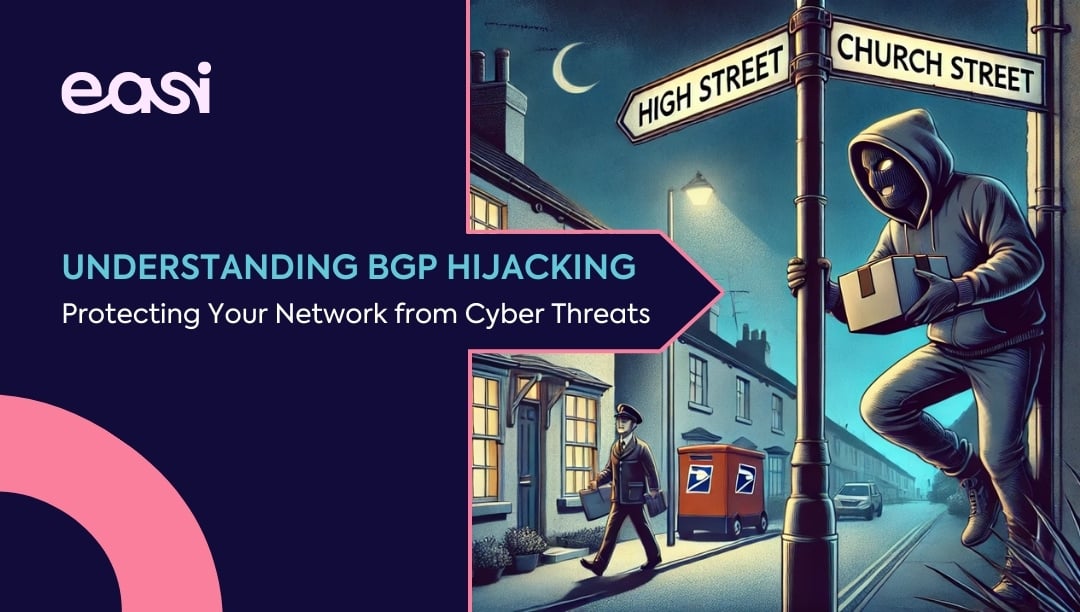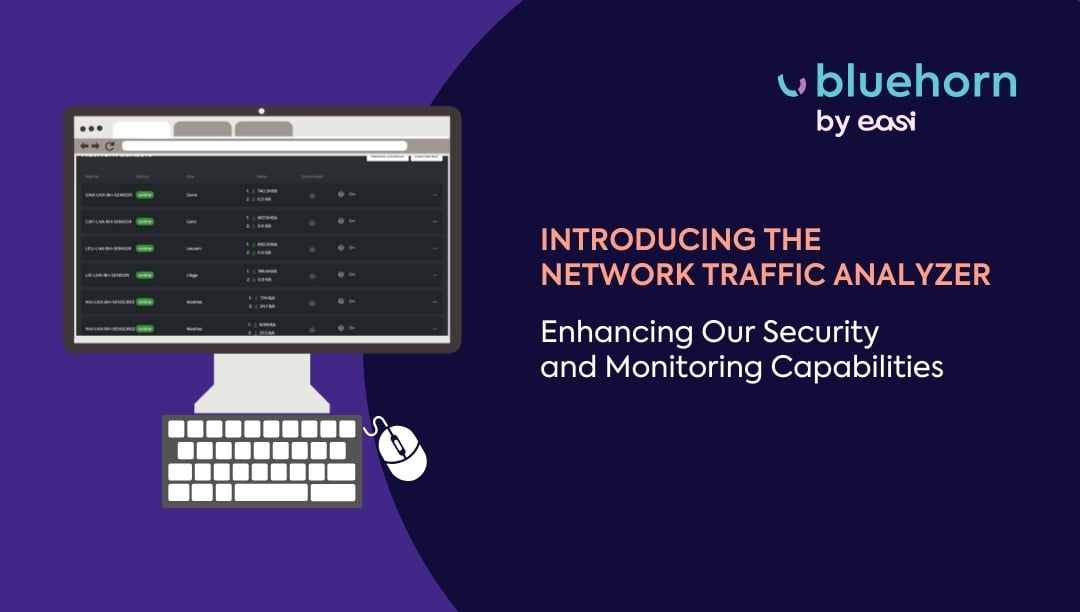Easi Recognized as Microsoft Solutions Partner in 5 Key Domains
At Easi, we are proud to share a major milestone in our journey of excellence! Microsoft has officially recognized us as a Microsoft Solutions Partner in not just one or two, but five key domains!
Read More.png)





.jpg)



